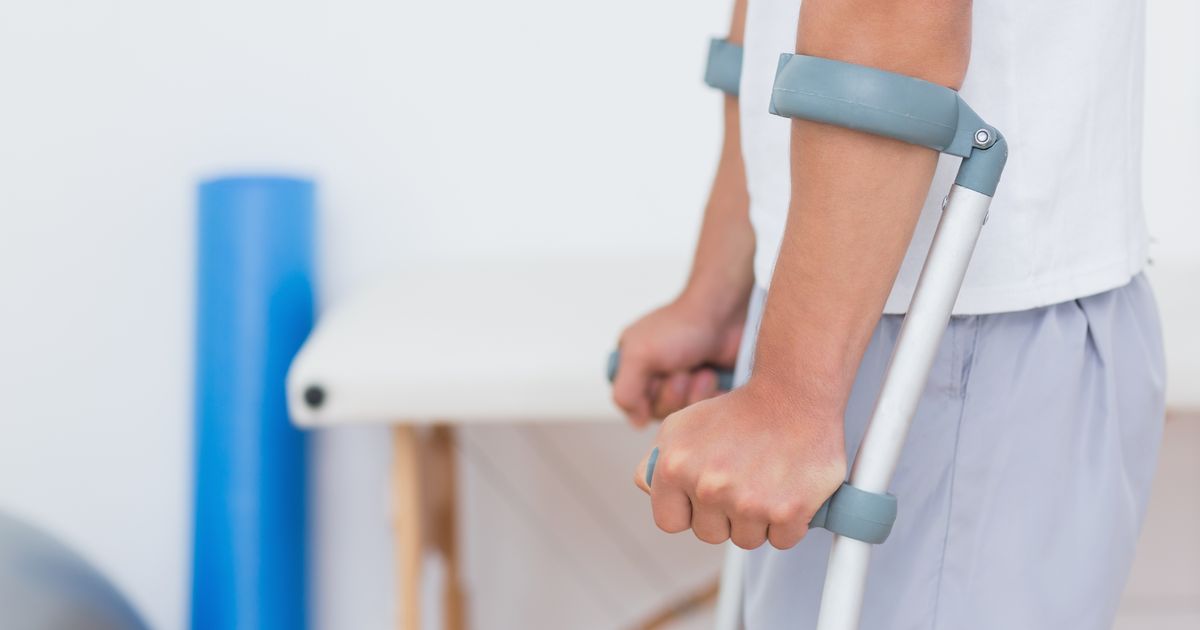Ways To Treat And Prevent Charcot Foot
Charcot foot is a progressive condition that often affects individuals with diabetes. It is caused by peripheral neuropathy, a disorder commonly diagnosed in diabetes patients that causes nerve damage and loss of sensation in the lower legs and feet. Individuals who have Charcot foot often initially notice symptoms of redness, warmth, and swelling in their feet. The condition weakens the bones, soft tissues, and joints in the feet and ankles, and fractures and dislocations of foot or ankle bones are common as the disease progresses. The joints of the foot may collapse, resulting in foot deformities that can lead to the development of ulcers. If the ulcers become infected, individuals with Charcot foot may require amputation. Charcot foot can be difficult to diagnose, and patients may need to see several specialists before the condition is confirmed. Diagnosis is often made with a physical examination, and x-rays and blood tests are sometimes needed. The condition usually affects only one foot. The steps below may be beneficial in the prevention and treatment of Charcot foot.
Get Weight Off The Affected Foot

The weakening of the bones and joints associated with Charcot foot can easily lead to the development of foot deformities. It is especially important to get weight off the affected foot. Pressure from walking can lead patients to break a bone in their foot, and peripheral neuropathy means they most often will not notice they have this fracture. Continuing to walk on the broken foot can lead to the collapse of the middle part of the foot, creating a rounded appearance on the bottom of the foot known as a 'rocker bottom' deformity. In addition, when this disorder affects the ankle, it can result in a deformity known as 'floppy foot.' This occurs because tissue has replaced what was once bone, and it often results in ankle instability, which can lead to ankle fractures. To get weight off of the affected foot, doctors may recommend resting the foot, using crutches, or wearing a soft orthopedic boot. In advanced cases, a total contact cast made of plaster is used, and a new cast must be placed at least every two weeks.
Wear Supportive Shoes

Patients are encouraged to wear supportive shoes to counteract the instability caused by Charcot foot. Supportive shoes can make walking easier and may alleviate some of the pressure walking naturally places on the foot. Flat shoes are generally recommended, and they should have a sole that is firm without being rigid. Athletic shoes often provide a high level of support for many patients. Doctors may recommend patients use orthotic shoe inserts in their footwear. These gel or foam cushions protect the foot and toes from friction and pressure by redistributing weight in a balanced manner. Orthotic inserts can be purchased at drugstores and specialist shoe stores. Podiatrists and orthopedic surgeons are generally able to make custom shoe inserts for patients who need them, and these medical professionals can also provide custom footwear for patients who cannot get adequate support with regular shoes.
